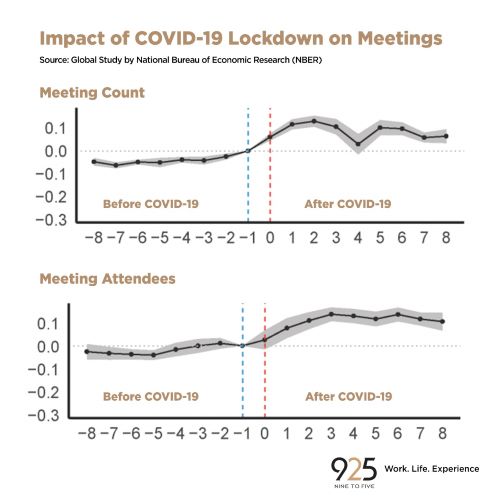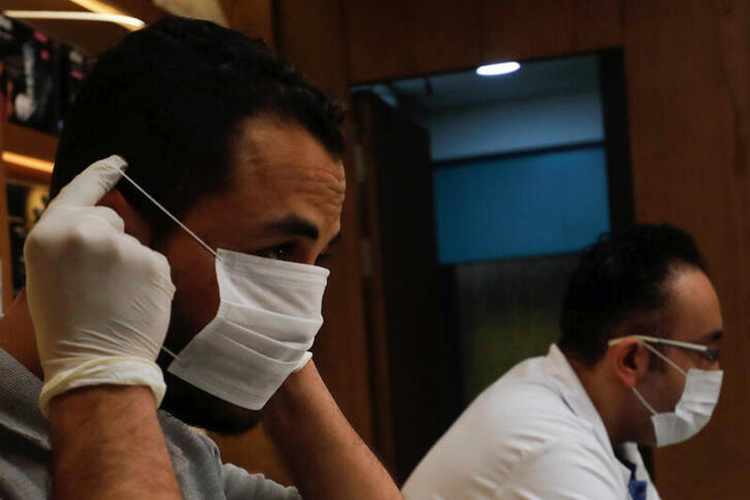During the novel coronavirus-imposed lockdown, all jobs changed drastically. Some employees were forced to go on paid leaves, and in numerous cases, this was deducted from their annual time-off. Other employees, because their job responsibilities allowed it, worked from home. Working remotely and from the comfort of your home seemed like an upside to the situation at first. But shortly, as the lockdown lingered, you probably felt it is draining and tiresome to some extent. If that’s the case, there is a global study that backs you up! It revealed that our workdays were longer, we had more meetings and wrote more e-mails.
In this article, we help you comprehend the study’s results in no time and we ponder on whether the lockdown’s impact on work still remains as we go back to the ‘new normal’.
Things you Need to Know About the Study
The study was issued last month by the National Bureau of Economic Research under the title, ‘Collaborating During Coronavirus: The Impact of COVID-19 on the Nature of Work’. The five co-authors were set out to explore the novel coronavirus’ impact on the “digital communication patterns” of employees.
Their means to do so was through studying lockdowns in 16 cities across the Middle East, North America and Europe. Their input were email and meeting meta-data gathered from 3,143,270 employees from more than 21,000 companies in those regions.
The study compared employee behavior over the course of two 8-week periods before and after the novel coronavirus-imposed lockdowns. Read on to discover what the researchers found.

The Takeaways of the Global and Forced Work-From-Home Experiment
- The average workday’s length increased by 48.5 hours during the lockdown and didn’t spring back to normal in many countries even after lockdowns ended.
- The number of meetings increased by about 13%, but those extra meetings were shorter than the average usual.
- People sent 1.4 more emails per day to their colleagues on average.
What Now?
One of the study’s five co-authors is Jeff Polzer, a professor in the organization behavior department at Harvard Business School, asserted that further research needs to be conducted to find out whether habits have changed for the long haul. “It’s not like we’re going back to normal times,” said Polzer.
According to the study, the average workday length sprang back to pre-lockdown lengths in a few cities, these include Los Angeles and Chicago. But in New York City, San Jose and most of Europe, longer workdays lingered around until May.
We now leave you with these questions, whose answers are still ambiguous to us all
As an employee:
- How was your work schedule affected during lockdown, and did it persist to this day?
- Do you believe it’ll go back to normal?
- Why do you think countless employees around the world have been enduring longer workdays?
- Have you had to endure longer working hours? Why? Do you get compensation for your extra work? Are you rather worried about losing your job amid the current difficult job market?
As an employer:
- How do you make sure your employees aren’t overworked for nothing in return as your business struggles during the pandemic?
Tell us your story and your take on the subject. Help us grow this necessary conversation!
To access the full study, click here.




























